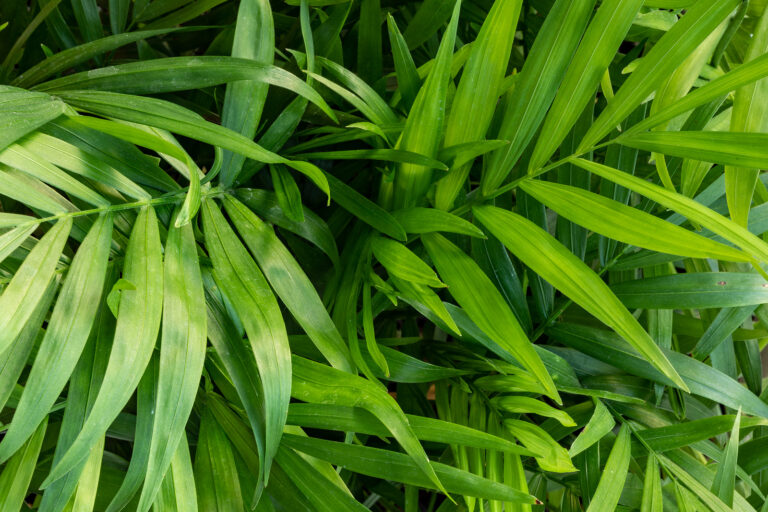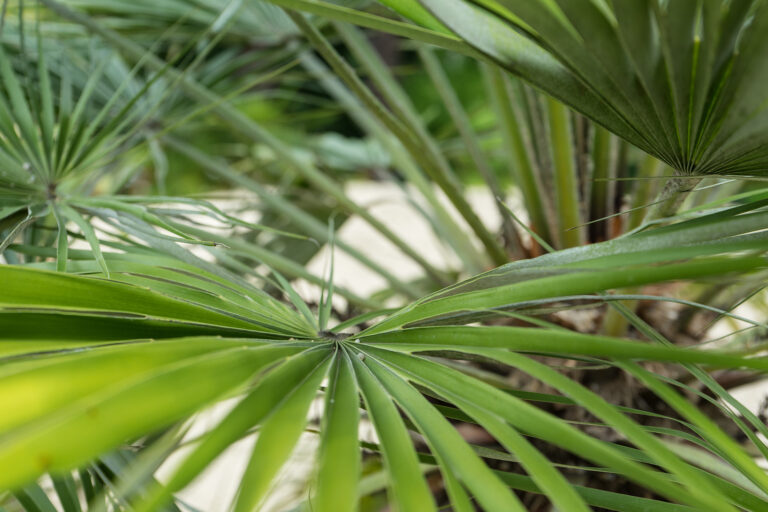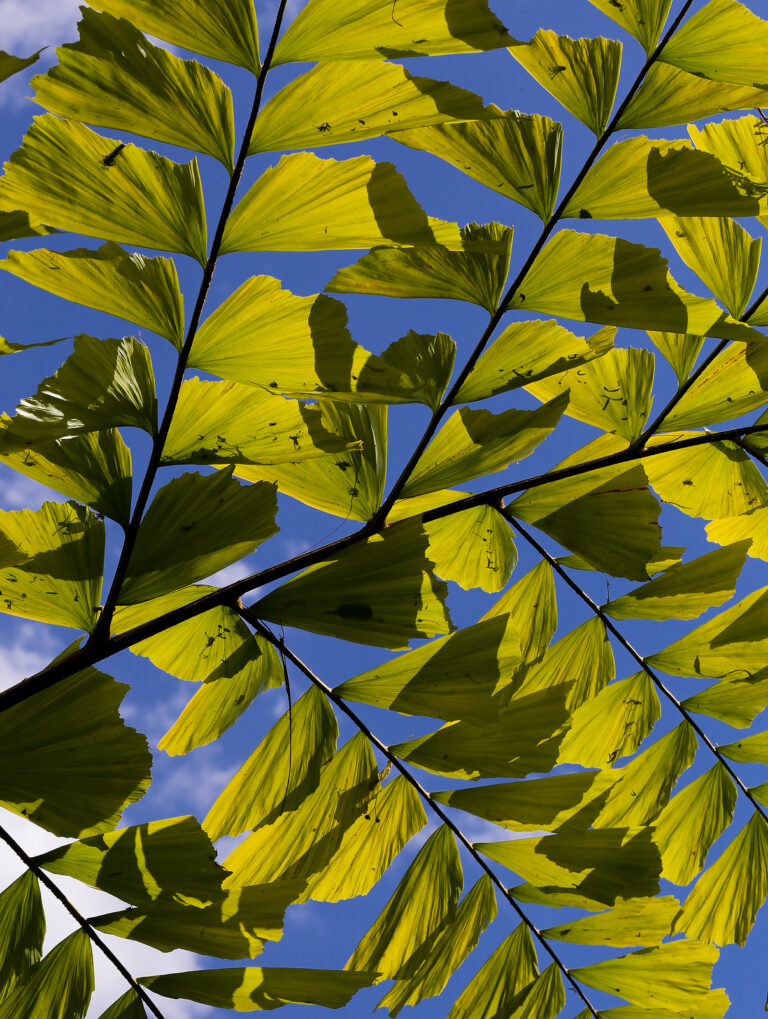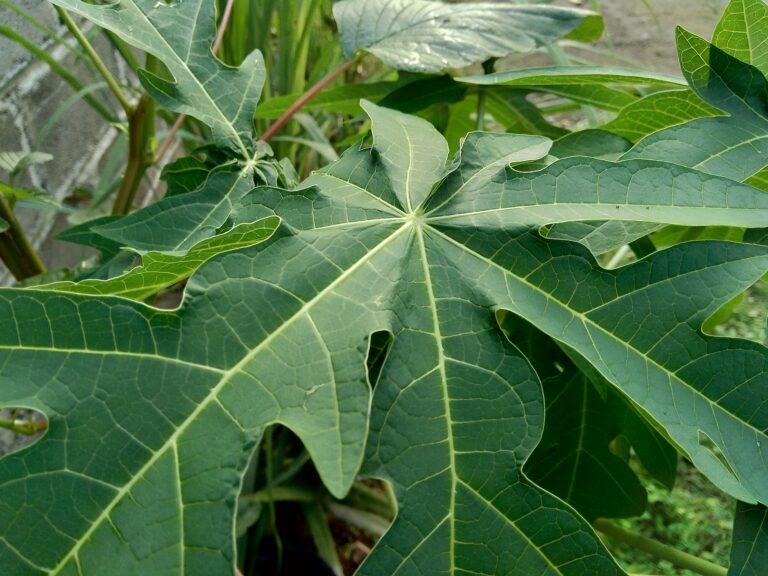How to Grow Sago Palm — Cycas
Cycas–commonly called sago palm–is a palm-like evergreen plant that belongs to the Cycadaceae family, or cycads. Cycads are neither ferns nor palms; they are cone-bearing relatives of conifers; they are ancient plants. Cycas bear a rosette of dark green, featherlike leaves that grow from a central point at the top of a single trunk, sometimes…






